As statewide funding for disease surveillance runs out this year, here’s what to look out for—and how to be a friend to your local snakes.
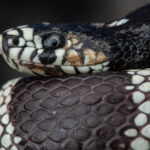
Sign up for our free weekly newsletter and understand everything better!
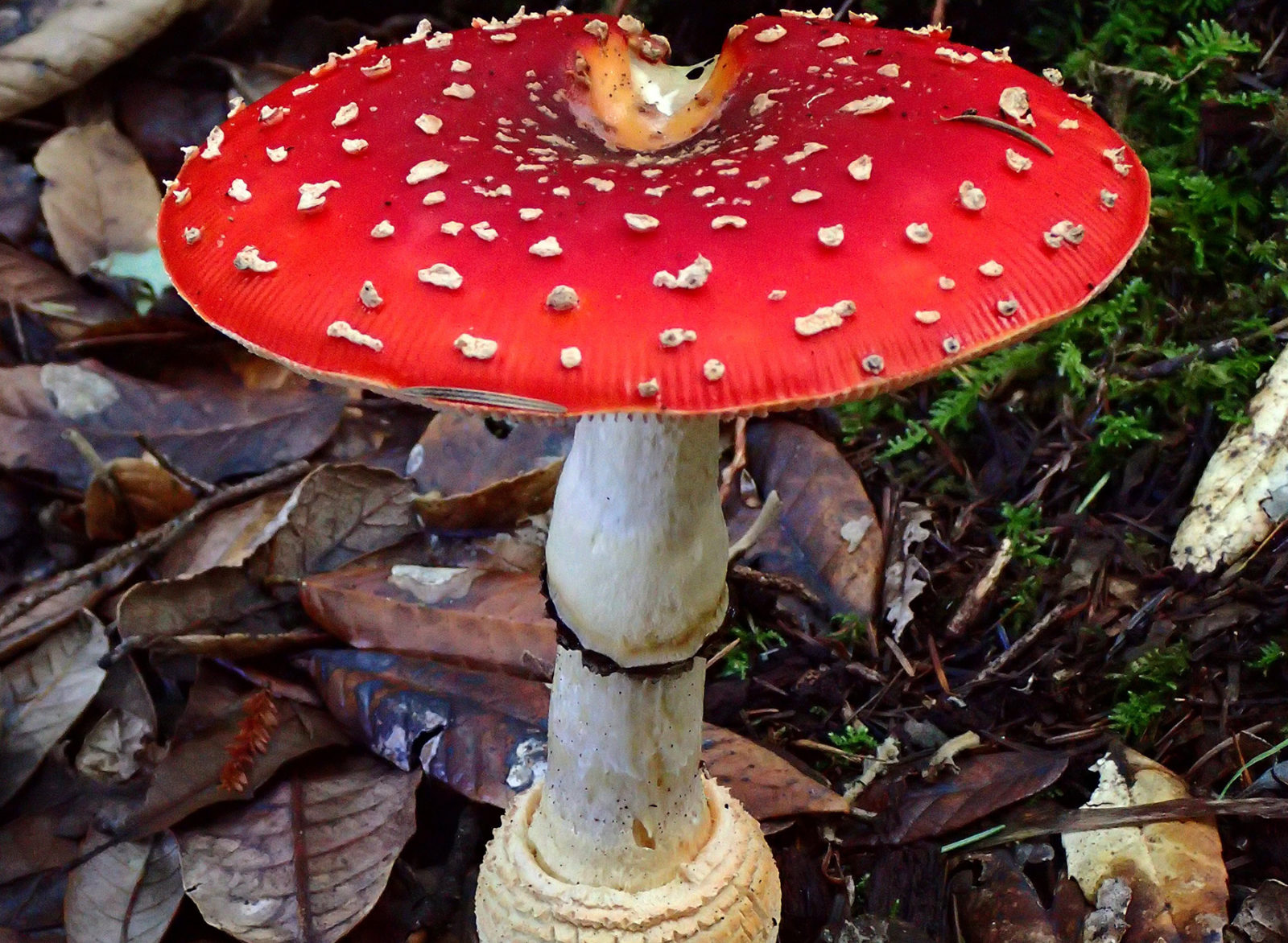

As statewide funding for disease surveillance runs out this year, here’s what to look out for—and how to be a friend to your local snakes.
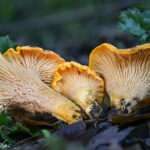
After votes from California mushroom enthusiasts, the bling under the live oaks emerged as the winner.
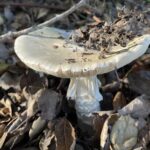
Local mycologists suspect death caps—huge and abundant in the Bay Area—may be competing with chanterelles underground.
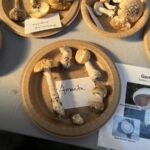
Death caps and Western destroying angels, both common in the Bay Area, thrive after rainfall, the East Bay park district warns.
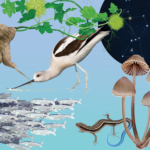
You didn’t imagine it. That was a tiny blue tail you saw wriggling through the damp leaves and brush. Illustrations by Jane Kim.
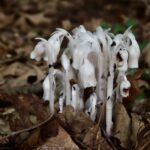
For those who dare—meet the Bay Area’s spookiest plants (and two freaky fungi).
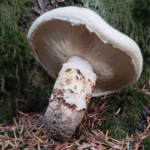
“Xayviish has far more personality than any grocery-store mushroom,” writes Sara Calvosa Olson, a Karuk tribal member. “It’s a meaty but delicate time machine, whisking your spirit back to your gathering place.”
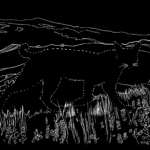
Bits of DNA linger on the forest floor, in the ocean, and even in the air—and these strands have stories to tell, back at the lab. Here’s how environmental DNA (aka ‘eDNA’) is starting to transform how ecologists work in the Bay Area and beyond.
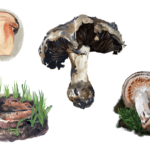
This formidable fungus has been traveling up and down the California coast as a Monterey-cypress groupie. But how does it follow its favorite tree?

Clathrus ruber looks more like an errant pickleball than a traditional toadstool, and it is born from an egg, which some people say tastes like radish. It’s a flashy European transplant now at home in California, worth learning on your next winter fungus foray.